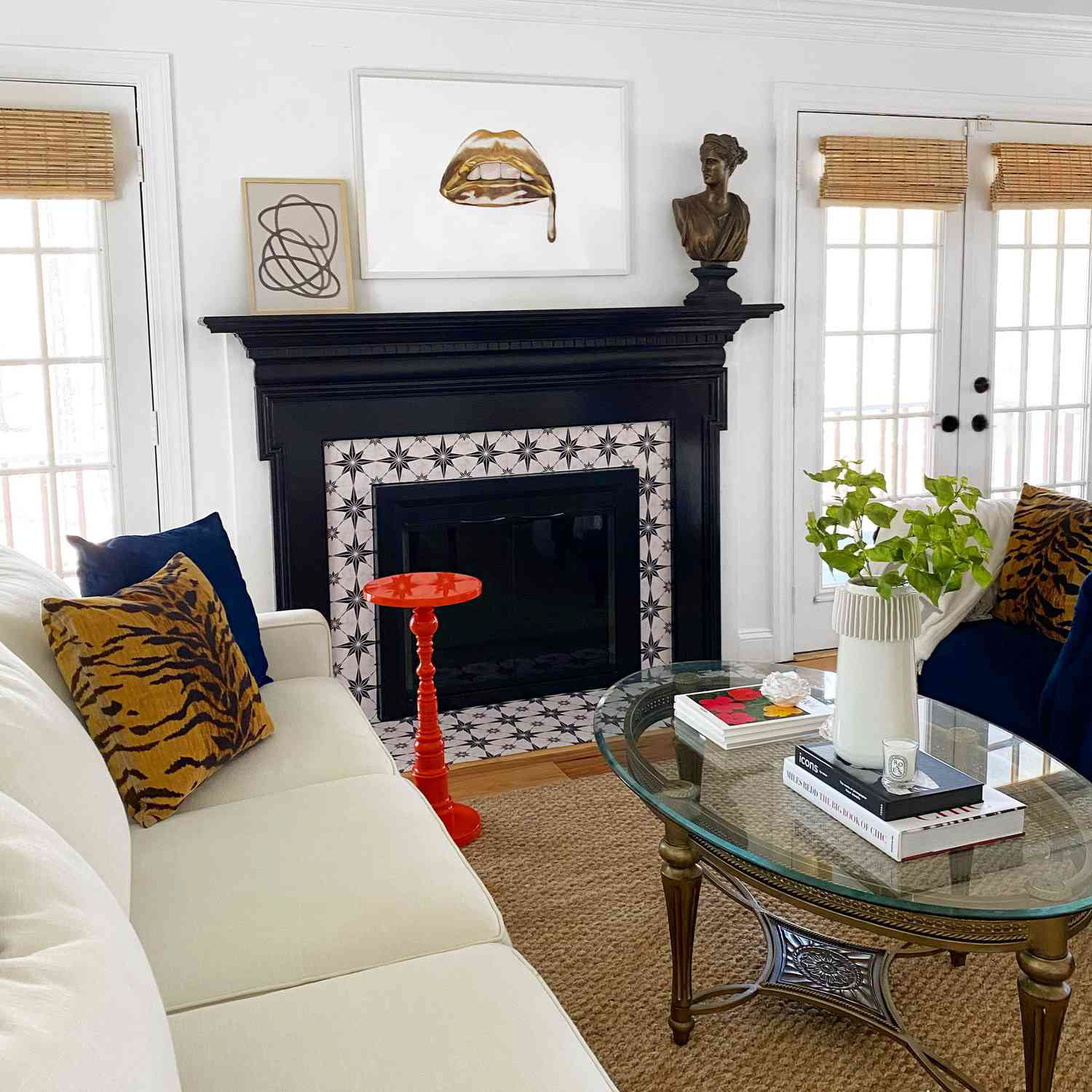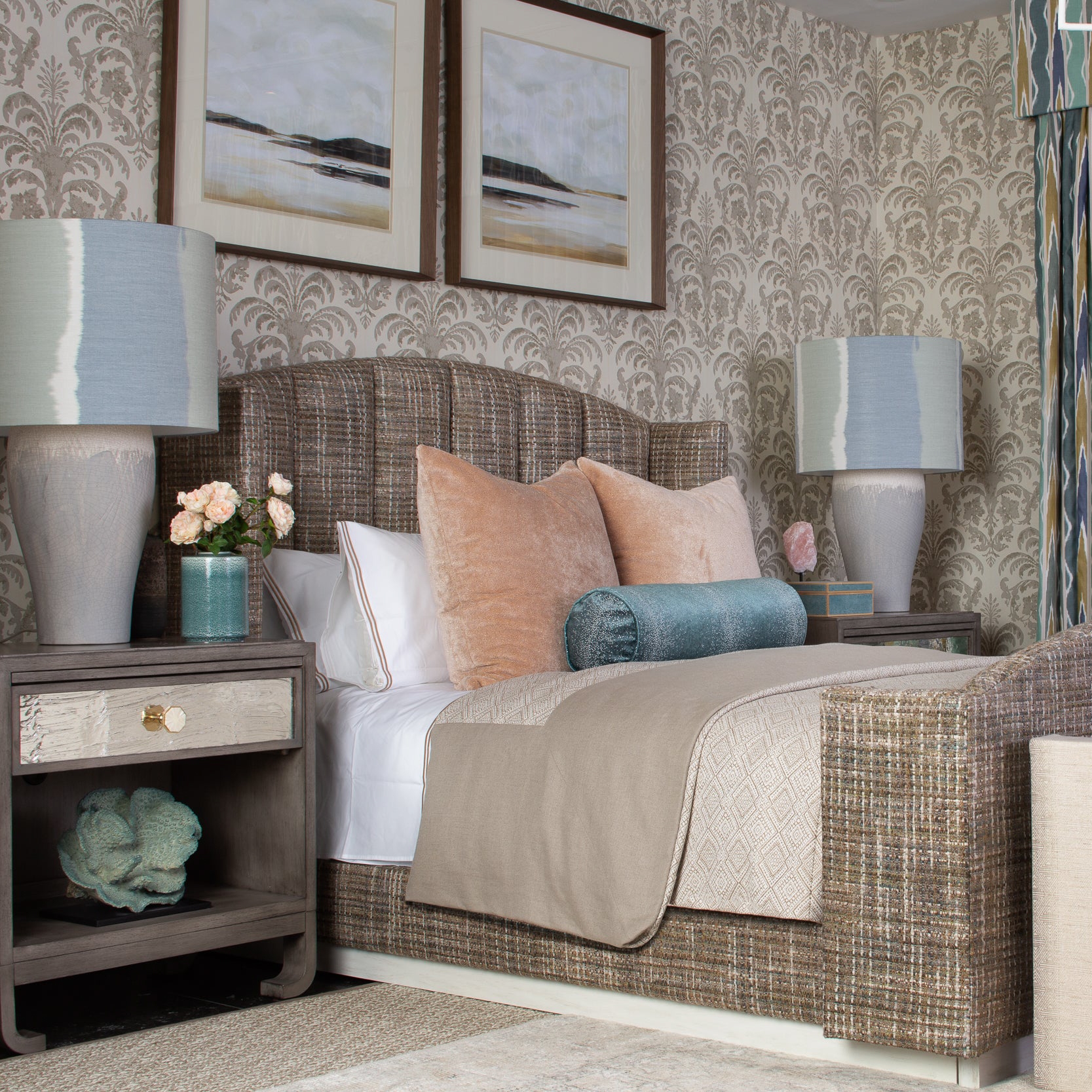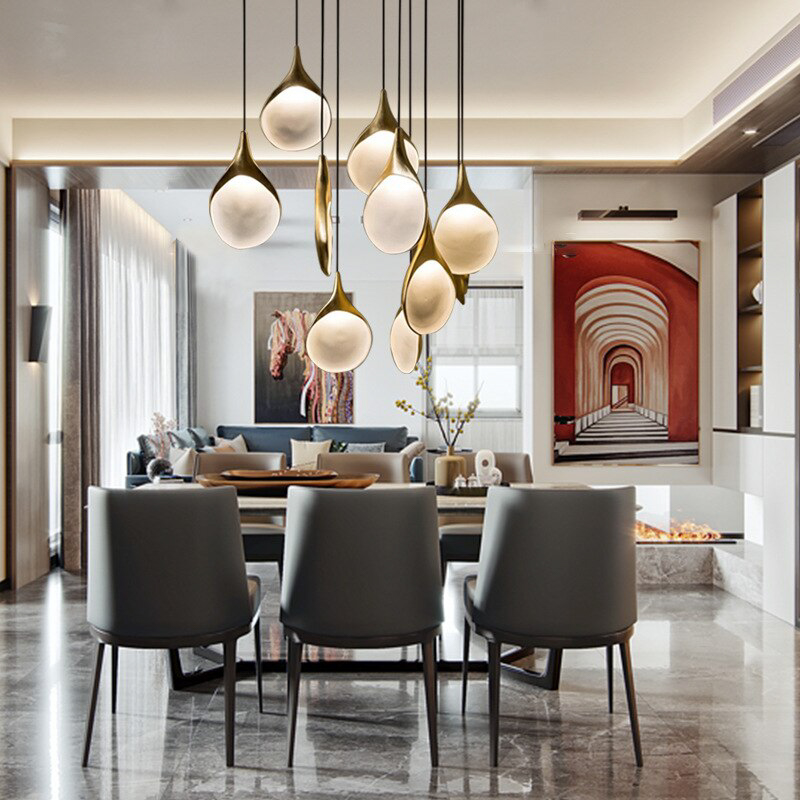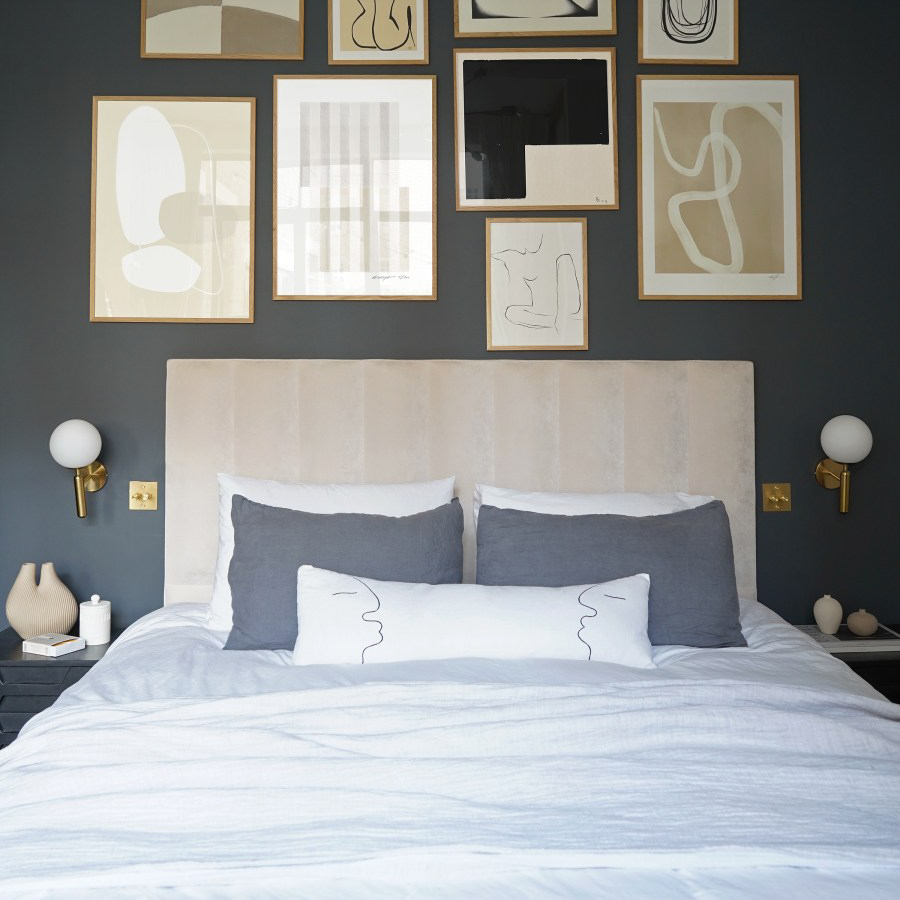Indoor lighting is an essential aspect of home decor. It can set the mood, accentuate the room’s features, and make a space feel inviting. There are many different types of indoor lighting, each with its own unique benefits and purposes.
In this article, we will explore the various types of indoor lighting, their benefits, and how to use them effectively to create a well-lit and stylish home.
Types of Indoor Lighting:
1. Ambient Lighting:
Ambient lighting refers to the general lighting that illuminates the entire room. It can be achieved through ceiling fixtures, chandeliers, or wall-mounted sconces. Ambient lighting provides a comfortable level of brightness and is ideal for everyday activities such as reading, watching TV, or entertaining guests.
2. Task Lighting:
Task lighting is focused on specific areas and tasks such as reading, cooking, or applying makeup. This type of lighting can be achieved through table lamps, floor lamps, or under-cabinet lighting. Task lighting should be bright enough to prevent eye strain but not too harsh to create glare.
3. Accent Lighting:
Accent lighting is used to highlight a room’s architectural or decorative features, such as artwork, sculptures, or plants. It can be achieved through recessed or track lighting, wall-mounted fixtures, or portable lamps. Accent lighting can add depth and dimension to a room and create a focal point.
4. Natural Lighting:
Natural lighting is the most versatile and affordable type of indoor lighting. It refers to the light that enters through windows and skylights. Natural lighting can create a bright and airy atmosphere and provide health benefits such as vitamin D production and improving mood.
Choosing the Right Indoor Lighting:
1. Consider the Room:
Different types of rooms require different light levels and tones. For example, a bedroom should have a warm and cozy atmosphere, while a kitchen should have bright and cool lighting. Consider the function and desired ambiance of each room before selecting a lighting plan.
2. Determine the Purpose:
Decide on the purpose of the lighting, whether it is for general illumination or a specific task. This will help to determine the brightness and placement of the lights.
3. Combine Multiple Lights:
Combining different types of lighting can create a more dynamic and functional atmosphere. For example, using a combination of task and accent lighting in a living room can create a warm and inviting space for reading, relaxing, or entertaining.:
Choosing the right indoor lighting is essential to create a well-lit and stylish home. Understanding the different types of lighting and its purposes can make it easier to achieve a desired ambiance and function. Whether you choose to use ambient, task, accent, or natural lighting, the key is to balance brightness, functionality, and style to create a warm and inviting atmosphere.
So, start exploring and experimenting with different types of indoor lighting to illuminate your space with style and functionality!




